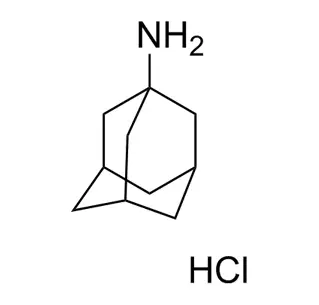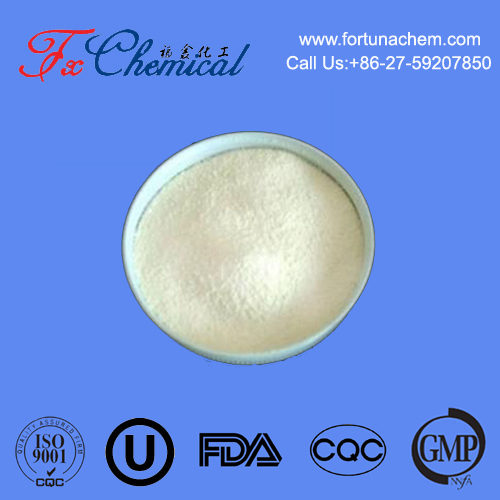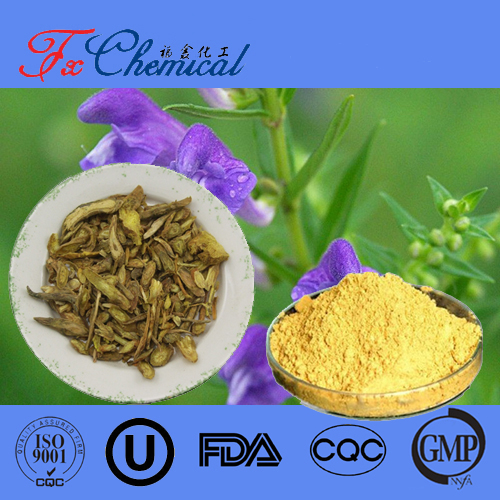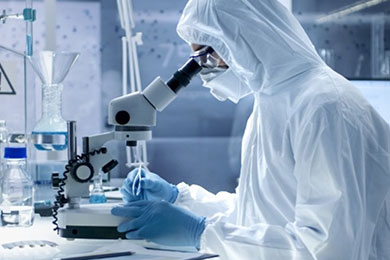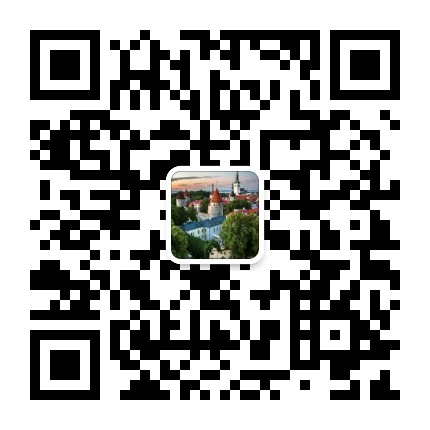
Search

Search

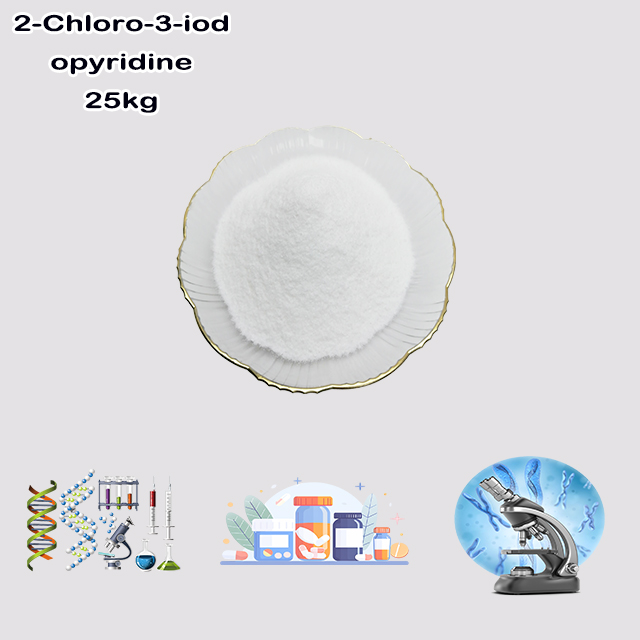
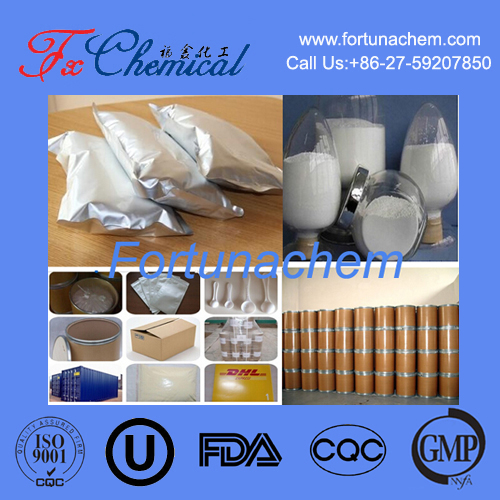
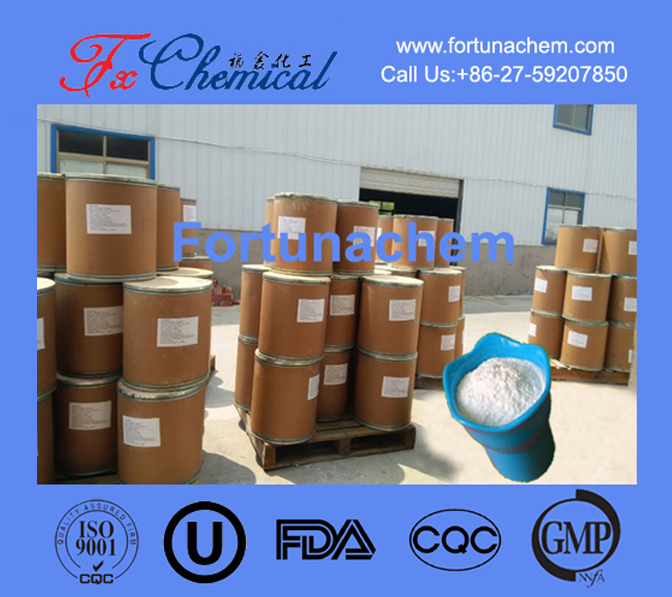
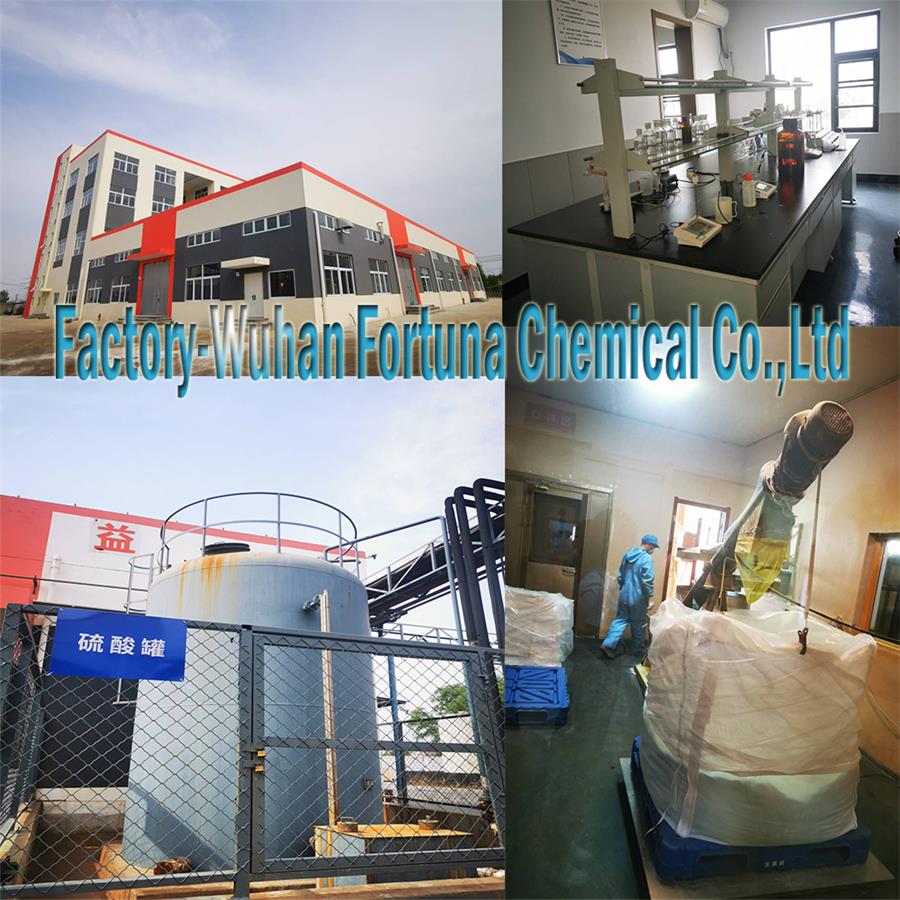
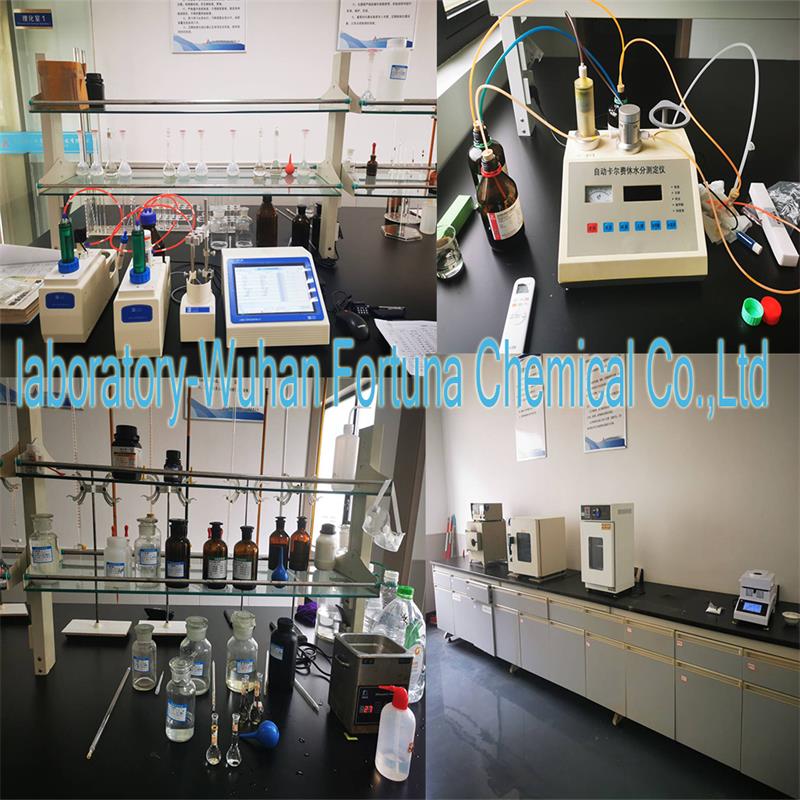





2-Chloro-3-iodopyridine is a dihalogenated heterocyclic compound valued as a versatile building block in synthetic chemistry. Its key feature is the differential reactivity of its halogen atoms; the iodine undergoes facile cross-coupling reactions (e.g., Suzuki, Sonogashira) under mild conditions, while the chlorine is less reactive and requires harsher conditions. This allows for selective, sequential functionalization to create complex, disubstituted pyridine derivatives. These structures are crucial scaffolds in the development of pharmaceuticals, agrochemicals, and functional materials.
Items | Specifications | Results |
Appearance | Off-white solid | |
Content(HPLC) | ≥98.0% | 99.83% |
Water content | <0.5% | 0.03% |
Conclusion | The product up to standard. | |
2-Chloro-3-iodopyridine is a dihalogenated heterocyclic compound, specifically a pyridine ring substituted with chlorine and iodine atoms at the 2- and 3- positions, respectively.
Core Structure: A pyridine ring, which is a benzene ring with one carbon atom replaced by a nitrogen atom. This nitrogen is electron-withdrawing, making the ring electron-deficient (π-deficient) and influencing its reactivity.
Substituents: It features two different halogen atoms:
A Chlorine (Cl) at the 2-position (ortho to the nitrogen).
An Iodine (I) at the 3-position (meta to the nitrogen).
The primary chemical significance of 2-Chloro-3-iodopyridine lies in the differential reactivity of its two halogen atoms. This makes it a highly valuable and versatile building block (synthon) in synthetic organic chemistry, particularly for cross-coupling reactions and sequential functionalization.
| Halogen | Bond Strength | Innate Reactivity | Common Reactions |
|---|---|---|---|
| Iodine (I) | Weak C-I Bond | High Reactivity | Undergoes oxidative addition with palladium(0) catalysts very easily. It is also more susceptible to nucleophilic substitution. |
| Chlorine (Cl) | Strong C-Cl Bond | Low Reactivity | Requires specialized catalysts (e.g., XPhos Pd G3) for cross-coupling. It is relatively inert under mild conditions. |
This difference in reactivity allows chemists to perform sequential and selective chemical transformations.
The iodine atom can be selectively functionalized via metal-catalyzed cross-coupling reactions while leaving the chlorine atom untouched. Common reactions include:
Suzuki-Miyaura Reaction: Coupling with boronic acids to install an aryl or vinyl group at the 3-position.
Sonogashira Reaction: Coupling with terminal alkynes to create an alkynyl group at the 3-position.
Heck Reaction: Coupling with alkenes.
These reactions typically use standard palladium catalysts like Pd(PPh₃)₄ or Pd(dba)₂ under mild conditions that do not affect the C-Cl bond.
After the iodine has been replaced, the resulting 2-chloropyridine derivative can then be subjected to a second round of coupling. This requires harsher conditions or more powerful catalysts designed for challenging C-Cl bond activation (e.g., palladacycle catalysts or specific phosphine ligands like XPhos or SPhos).
The power of this molecule is its role in modular synthesis. A synthetic chemist can use it to rapidly build complex, disubstituted pyridine structures, which are common scaffolds in:
Pharmaceuticals and Agrochemicals: The pyridine moiety is a privileged structure in drug discovery.
Materials Science: Used in the synthesis of ligands for catalysts and organic electronic materials.
Example Synthetic Sequence:
Start with 2-Chloro-3-iodopyridine.
Perform a Suzuki reaction with phenylboronic acid. This selectively replaces the iodine with a phenyl group, yielding 2-Chloro-3-phenylpyridine.
Perform a second Suzuki reaction (with a more potent catalyst) with a different boronic acid, say, a pyridyl boronic acid. This replaces the chlorine, yielding a complex 2,3-disubstituted pyridine like 3-phenyl-2-(pyridin-3-yl)pyridine.
In summary, 2-Chloro-3-iodopyridine is a strategically designed, bifunctional synthetic building block whose value stems from the orthogonal reactivity of its iodine and chlorine substituents, enabling the controlled, stepwise construction of complex molecules.
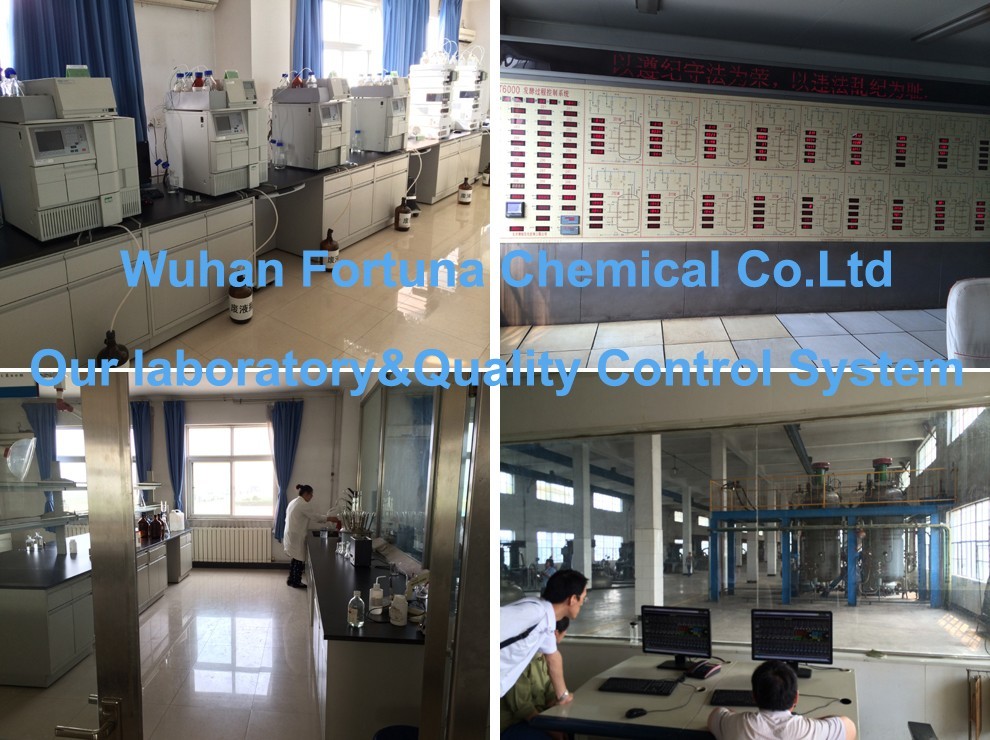
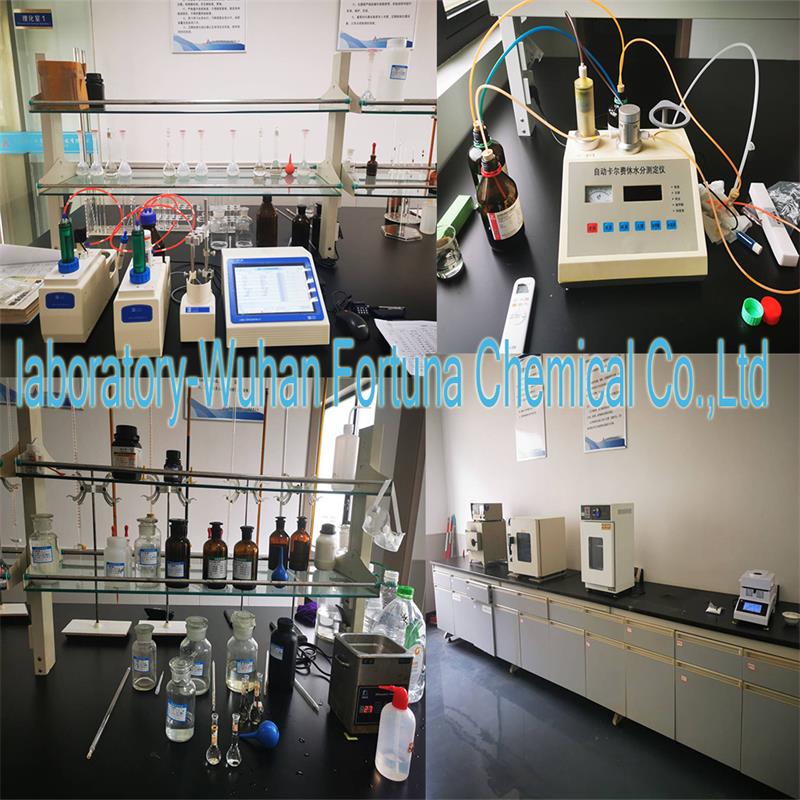
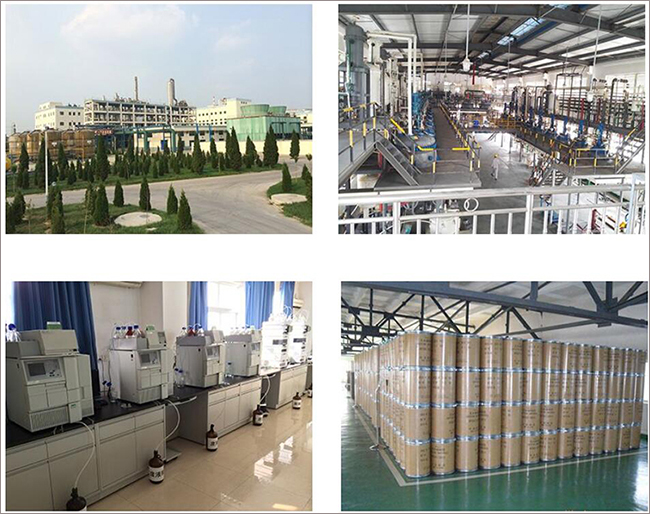

Fortunachem Provides Not Only Professional Chemical Products But Also Professional Help
Keeping you up-to-date with all the latest information, news, and events about Fortunachem!

Quick Links
Add:
E-mail:
 English
English  Español
Español  français
français  العربية
العربية -1H-benzimidazol-5-amine主图.jpg)
